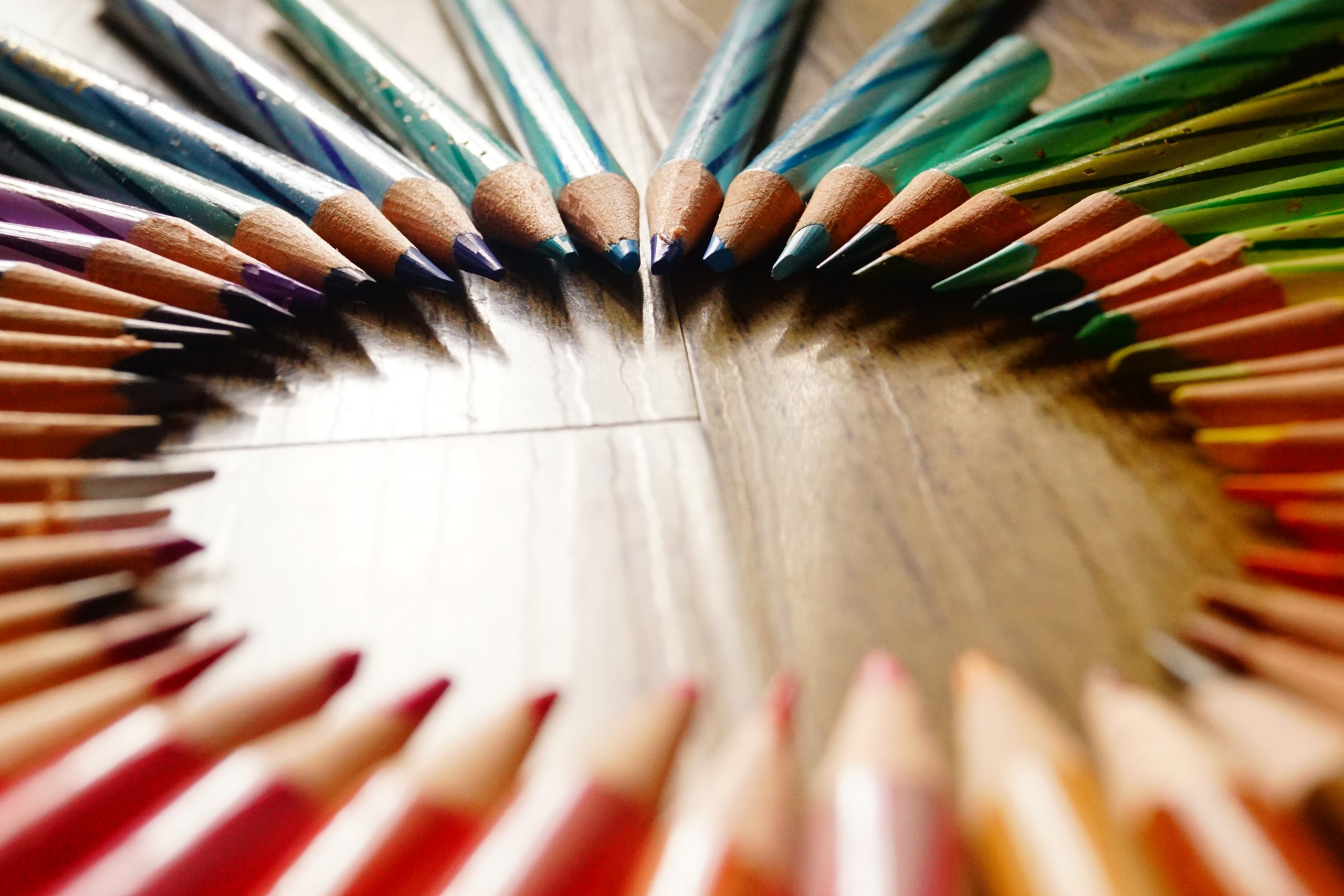
Interdisciplinary, integrated, multidisciplinary arts education are terms we use quite freely throughout our education models but what do these terms mean?
An Interdisciplinary Approach in the Art Education Curriculum, -Terri Lynn Suraco
In her 2006 thesis, An Interdisciplinary Approach in the Art Education Curriculum, Terri Lynn Suraco states:Our traditional curriculum, which values memorization, does not help to develop complex thinking ability. This traditional educational model worked well for factory workers but does not work in a changing complex society. Education has to address the need for workers who can identify and solve complex problems, think independently as well as in teams, and exhibit leadership characteristics.
The challenge of reforming the present curriculum to integrate lessons. It is important to have a well rounded and thinking individual as the educational goal rather than ending up with a student feeling disconnected to the educational experience. Most children have a tendency to go with the flow of the adults' view of their world and aim to please. They become disillusioned with adults when information is fragmented and doesn't make sense in the whole picture. They enjoy discovering and researching new ways of doing things. The goal of art teachers is to have students think critically and become life-long learners, through teaching in a holistic integrated approach .
So how to incorporate the Arts into our current curricular model?
1- Encourage the use of art-related vocabulary.
2- Integrate art into other subject areas.
3- Allow students to explain their thoughts, ideas, and feelings through drawing and labeling.
4-Delve deeper into units of study.
5- Allow students the opportunity to role-play.
6- Allow students to move and perform.
7- Learn through song.
What are ways in which the arts add content and critical thinking to interdisciplinary projects:
- Art draws our attention to what’s worth noticing. Artists are responsible for bringing attention to subjects that are otherwise ignored or unknown.
- Art helps make connections. Various connections between ostensibly unrelated things, people, or ideas are made through art.
- Art imagines possibility. Architects, for example, employ visual art works to imagine a building before it’s built. There are numerous examples in which art helps manifest what is only imagined and leads our imagination to create more possibilities.
- Art imagines impossibility. Sometimes the impossible is only possible when it is depicted in the worlds of science fiction and fantasy.
- Art introduces abstract, nonmaterial ways of thinking and being. Sometimes art draws our attention to absence, or leads us to think about consequences of our actions that might not be apparent. For example, an image of a piece of trash thrown among the reeds of an endangered wetland makes us think about more than what is depicted.
- Art shakes us from our complacency. Art can have a dramatic impact on its audience, such as the political street performance known as The Theater of the Oppressed, or An Inconvenient Truth, a beautifully crafted documentary that unveils the realities of global warming. It sometimes takes an artistic, expressive method to wake us up.
- Art documents and elevates through aesthetics. While it is important to expand our way of thinking about art in interdisciplinary projects beyond documentation and making things beautiful, this aspect of art is still worth celebrating.
( https://www.edutopia.org/blog/7-ways-art-supports-interdisciplinary-work-stacey-goodman)